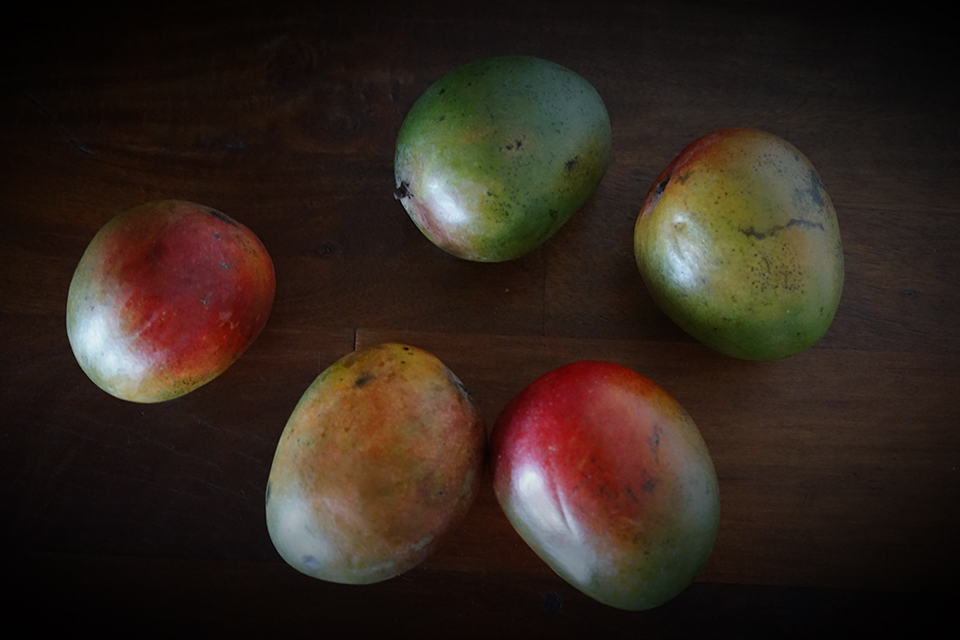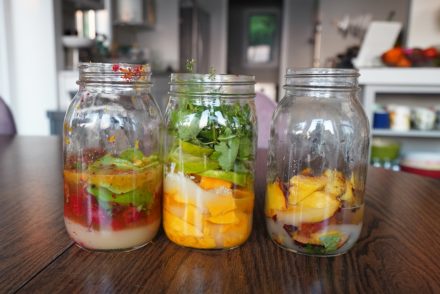
The yin and yang of seasonal rains, an abundance of complexities
Someone asked me recently why I haven’t posted anything under my Secrets & Lies category for a while. Most of the truth of my answer was I forgot about it. But buried in that answer is also, I (like everyone) sometimes don’t like to talk about the truth because its complex and I fear people won’t understand, will take it the wrong way or use it against me. When you also speak on behalf of a brand or a big mango system, it can be frightening to put out hard truths.
The lack of communicating existing or potential quality problems is one of the biggest industry secrets and lies there is, as if burying these truths helps anyone. So here I am being the risktaker/bettermaker that I am. Here to not alarm us, but put us into a proactive stance, where information is the key to the successful remainder of the Mexican mango season.
We have been in the midst of a serious drought that has brought a multitude of complexities to the entire Mexican mango season thus far. Those complexities seem likely to continue as seasonal rains have started, pounding the current Sinaloa growing sub regions (around El Rosario and Esquinapa) with lots of water over the last few weeks.
While it’s true that any amount of rain always brings some drought relief, it can also bring with other problems, especially when the pendulum swings to totally to the other side as it has going from no rain to lots at once.

Sustained water amounts are what the area and orchards need so we will continue to watch and hope for that and in the meantime this particular heavy rain will provide us some temporary relief and help the remaining mangoes grow bigger, offering some appreciated sizing relief for the remainder of the season. Ideally, we need the rain to continue so it soaks into the ground. The first heavy rains in a drought can tend to run off into drainage channels and streams. We need the soaking rains, the kind that enter into and recharge the soils which will sustain and keep the orchards healthy, not just for the remainder of this season but the next and the next (lasting relief).
Obviously over the weekend when I got the first text about how had been raining in our El Rosario mango orchards, I was elated, knowing how important water is to the fruit health and size and viscerally understanding how difficult it has been to sell lots of small fruit. The current state of the market is rather confused and perplexing many of us who have been doing this a long time.
Consumers, most fresh off of at least some type of home quarantine for the last year, seem to be moving around a great deal, not staying in once place and not visiting grocery stores as much as in normal summers. Sales are down for many of our retailers and wholesalers and consumer consumption of most commodities is difficult to predict. This doesn’t even take into consideration that logistics still remains ultra-complicated and thus supply and demand numbers through that lens is also off.
The first text about rain, gave me a little hope to confusing times. The second text reminded me that I work in agriculture and that its fickle. My excitement soon turned into trepidation. Which is when I know I need to go into my fact collecting mode because the last thing I want is for our customers to catch the trepidation. Facts tend to keep us all steady and despite technology which keeps us all well connected, they are not as easy as you think to collect in real time.
“We haven’t seen these kinds of rains in a very long time”. Is what my second text said, not surprising me as climate change/global warming seems to be pummeling the world with drastic weather one way or another.
The texts went on to talk about that although the rain is really good for the orchards and growing the crops bigger, these types of rains, so heavy, so much in such a short time can cause a lot of problems; some obvious and others not so obvious and that we needed to watch carefully and plan carefully.
This is when and where the Crespo family excels, in the understanding that as these “normal” weather and crop issues happen- their actions dictates our success in moving through or with the problems. And this is where I excel with teaching; myself and all of my dedicated readers, the real truth about growing, packing and selling mangoes.

The Obvious
The most immediate impact of the current heavy rains or any seasonal rains is that we cannot physically pick the mangoes when it’s raining. These delays in picking can complicate the flow of mangoes and cause delays/shortages and make order fulfillment complicated. Considering the state of logistical complexities in our industry, this type of problems are harder to deal with than ever. When the rains are hard to predict both in quantity and duration, the fast running system are thrown off.
There is of course obvious good news in that we will see bigger fruit and rather quickly, this is why the rains are so important to the crop in the first place. It didn’t rain in Los Mochis so for the time being we expect that fruit not to be overly gigantic as I potentially can be.
The Not so Obvious
Cosmetically challenged fruit. This is the part that most don’t want to talk about when it rains. That most in our industry neglect that is a real part of our business. Ugly skinned mangoes are harder to sell, as a whole the industry and id argue those that’s job is to promote mangoes, don’t do enough to educate consumers about the normalcy of ugly skin mangoes. Mango skin is protection and we will argue again and again, as we do to our children daily, “it’s what’s on the inside that counts.”
Part of this is hot water bath related but generally speaking rain causes skin blemishes, darkening and an overall ugly appearance to the mango’s skin. We can sort out a lot of it in the packhouse, but often some of the “ugliness” comes way after the sorting process- partly brought on by the water bath as the hot water bath will always exacerbate an existing problem, it rarely creates them.
Our job for the remainder of the season is twofold, to deliver quality mangoes to our customers that meet and exceed expectation and to educate consumers on the nuances of mango skin issues as they come up, as they will, in hopes that we can change and possibly even drive perception when it comes to skin blemishes on mangoes. It’s a big job and we are always happy to have big budget folks on board with the task as well.
Sharing information and transparency are both keys to producer, product and category success, as well as consumer satisfaction. Flavor and product efficiency should be major indicators of a product’s success, not blemish-free skin. Imperfections differ from season to season, and we have to react to each accordingly. About 99% of all mangoes in the USA are imported, generally from one country and region at a time, so in terms of imperfections, they tend to be commodity, country and region-wide, and typically dictated by weather.
You can read my post from 2016 The Good, The Bad & The Ugly Truth About Rain and Mangoes and get a first-hand look at some of the cosmetic defects that we come across.

Round Mango Outlook
Tommy Atkins mangoes are now done, the last just picked and are in route to the USA and we are moving into the remainder of our Kent production; where we expect them to last another three weeks from which we will then move into Keitt mangoes.
We will eventually jump to Los Mochis region for the remainder of the season, around the end of August and go as long as weather/quality permits- mid September typically.
Ataulfo Season End
The rains are not going to benefit the last week of Ataulfo harvest in the southern growing region of Sinaloa (where we grow in el Rosario) the last of these are being picked and that will be it for the season in that growing area. The drought took a toll on these this year and they have been and will continue to ripen faster than we’d like. Most our or Ataulfo program customers are used to the fruit and have handled the realities like the pros they are and we have zero qualms that we will all handle the last few weeks in the same fashion. The Ataulfo program is incredibly important to us so we move with clear calculation through the end.
We will finish the Ataulfo season off with Mochis fruit. We begin to pick and pack Ataulfos in the untreated area late next week with an expectation of approximately two weeks’ worth of harvest; meaning we should be able to load in Nogales/McAllen LIMITED amounts through the first week of August. Sizing expectation from Mochis is average 16/18/20cnts.








No Comments